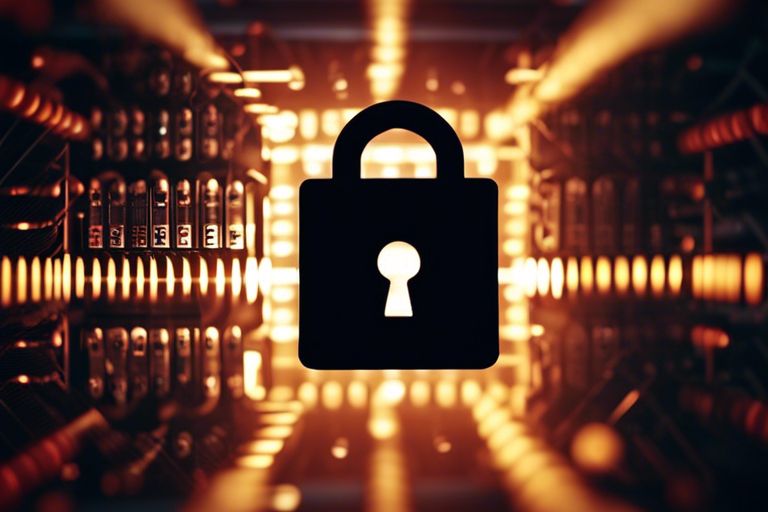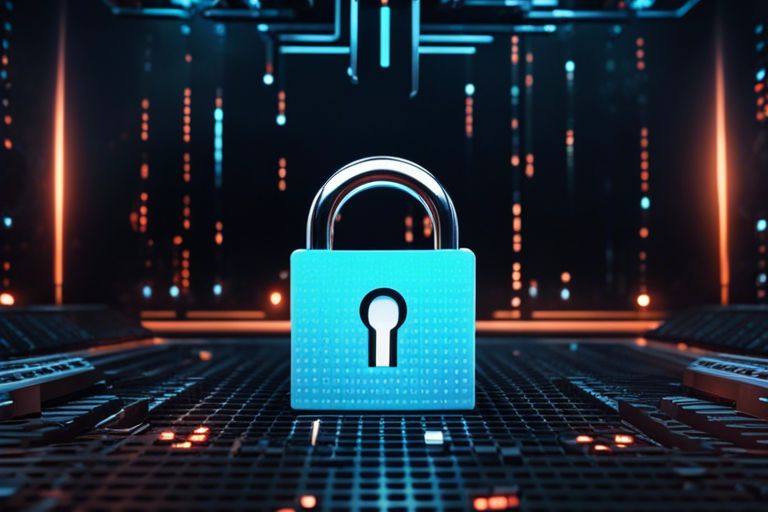What Is Endpoint Protection And Why It’s Critical For Cyber Security
You need to understand that endpoint protection is a vital component of your cyber security strategy. This technology...

Cyber threats are a looming menace in the digital age, with hackers constantly evolving their techniques to breach vulnerable systems. As businesses and individuals alike rely more on technology for daily operations, the importance of strengthening IT security strategies cannot be overstated. In this blog post, we will discuss the critical steps you need to take to protect your data and network from cyber attacks, as well as the latest trends in cybersecurity that you should be aware of. Stay informed and proactive to stay one step ahead of cyber criminals.
Some Cybersecurity Best Practices are necessary for organizations to protect themselves against potential cyber attacks. Understanding the different types of cyber attacks and methods of attack is crucial in strengthening IT security strategies.
Any organization is vulnerable to a variety of cyber attacks, including phishing, ransomware, malware, denial of service (DoS), and man-in-the-middle attacks. This highlights the importance of implementing multi-layered security measures to safeguard against potential threats.
| Phishing | Tricks individuals into revealing sensitive information |
| Ransomware | Encrypts files and demands payment for decryption |
| Malware | Malicious software that can disrupt devices |
| DoS | Overwhelms a system to disrupt services |
| Man-in-the-middle | Intercepts and alters communication between two parties |
This underscores the importance of staying vigilant and regularly updating security protocols to mitigate the risks of cyber attacks.
Cyber attacks can have devastating consequences for organizations, ranging from financial losses to damage to reputation and compromised data security. Impact is often immediate and can have long-lasting effects on business operations and customer trust.
Assuming the responsibility of securing your organization’s IT infrastructure requires a proactive approach to mitigate cyber risks. It is crucial to stay updated on the latest trends and strategies in cybersecurity to protect your data effectively. Organizations can benefit from resources like 12 Tips for Mitigating Cyber Risk | JPMorgan Chase to enhance their IT security measures.
To effectively strengthen IT security, organizations must conduct thorough risk assessments to identify potential vulnerabilities and threats. By understanding the risks involved, companies can prioritize security measures and allocate resources efficiently to manage and mitigate these risks before they escalate.
Security frameworks and protocols play a critical role in establishing a strong defense against cyber threats. Organizations should implement robust security measures such as firewalls, encryption, multi-factor authentication, and regular security audits to protect their systems and data. Assessment of security frameworks must be ongoing to adapt to evolving cyber threats and ensure continuous protection.

Not long ago, the White House released a FACT SHEET: Act Now to Protect Against Potential Cyberattacks urging organizations to enhance their cybersecurity measures to combat the rising threat of cyber attacks.
An imperative strategy for strengthening IT security is the implementation of encryption and firewall technologies. Encryption helps protect sensitive data by encoding it in a way that only authorized users can access it. Firewalls act as barriers between internal networks and external threats, monitoring and controlling incoming and outgoing network traffic.
Firewall intrusion detection and prevention systems are crucial components in detecting and thwarting cyber threats. These systems continuously monitor network traffic for malicious activity, identify potential security breaches, and take immediate action to prevent unauthorized access to critical systems.
Firewall prevention: Intrusion detection and prevention systems play a vital role in safeguarding networks from cyber threats. These systems can quickly identify and respond to suspicious activities, helping organizations prevent potential data breaches and mitigate security risks in real-time.

All organizations must prioritize developing a security-minded culture among their employees. One successful way to achieve this is to establish clear policies and protocols regarding cybersecurity. By promoting a culture where every individual takes responsibility for IT security, the organization can create a strong line of defense against potential cyber threats.
To ensure employees are equipped with the necessary knowledge and skills to recognize and respond to cyber threats effectively, regular training and simulated attack drills are necessary. These exercises not only help in understanding different types of cyber attacks but also provide hands-on experience in handling them. SecurityMinded organizations are proactive in scheduling frequent training sessions and drills to keep employees sharp and prepared for any cybersecurity challenges that may arise.
The readiness to face cyber threats is crucial in today’s digital landscape. Strengthening IT security strategies is the key to safeguarding your organization from potential cyber attacks. By staying vigilant, updating systems regularly, implementing strong password policies, educating employees on cybersecurity best practices, and investing in advanced security measures, you can enhance your organization’s resilience against evolving online threats. Note, cyber attacks can happen to anyone, so it’s imperative to be prepared. Stay proactive, stay informed, and prioritize cybersecurity to keep your sensitive data and systems protected.
A: It is crucial to be prepared for cyber attacks to protect your sensitive data, financial assets, and reputation. Cyber attacks can disrupt operations, lead to financial losses, and damage your organization’s credibility.
A: Some key components of a strong IT security strategy include regular security assessments, employee training on cybersecurity best practices, implementing strong access controls, utilizing encryption technologies, and maintaining up-to-date software and hardware defenses.
A: Organizations can strengthen their IT security strategies by conducting regular risk assessments, developing an incident response plan, monitoring network traffic for suspicious activities, implementing multi-factor authentication, staying informed about emerging threats, and partnering with cybersecurity experts for guidance and support.
You need to understand that endpoint protection is a vital component of your cyber security strategy. This technology...
You rely on robust cybersecurity measures to protect your business from evolving threats, and Endpoint Detection and...